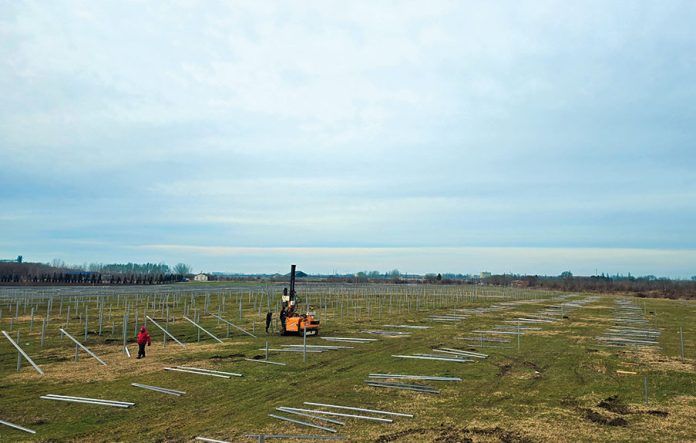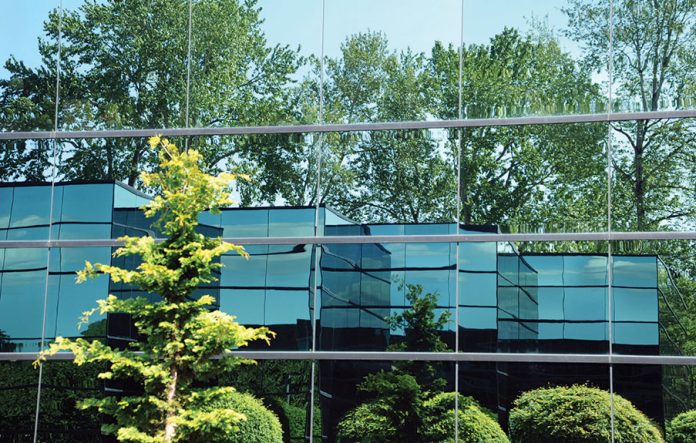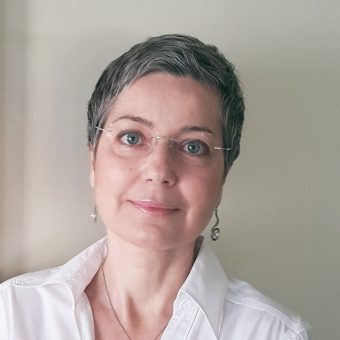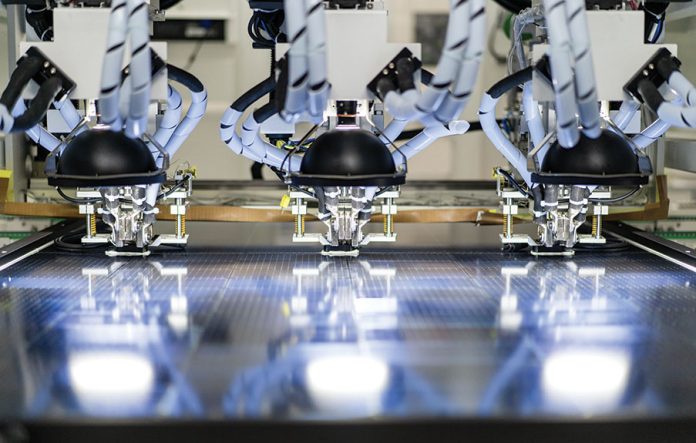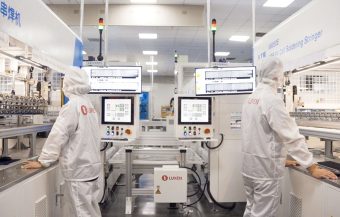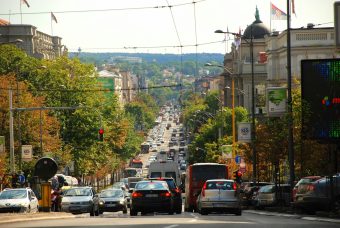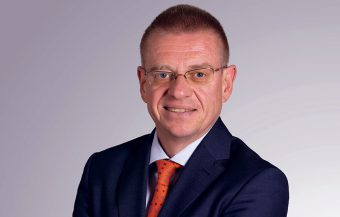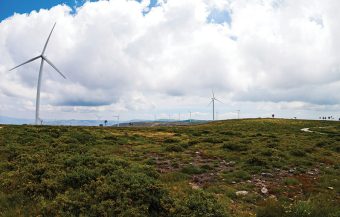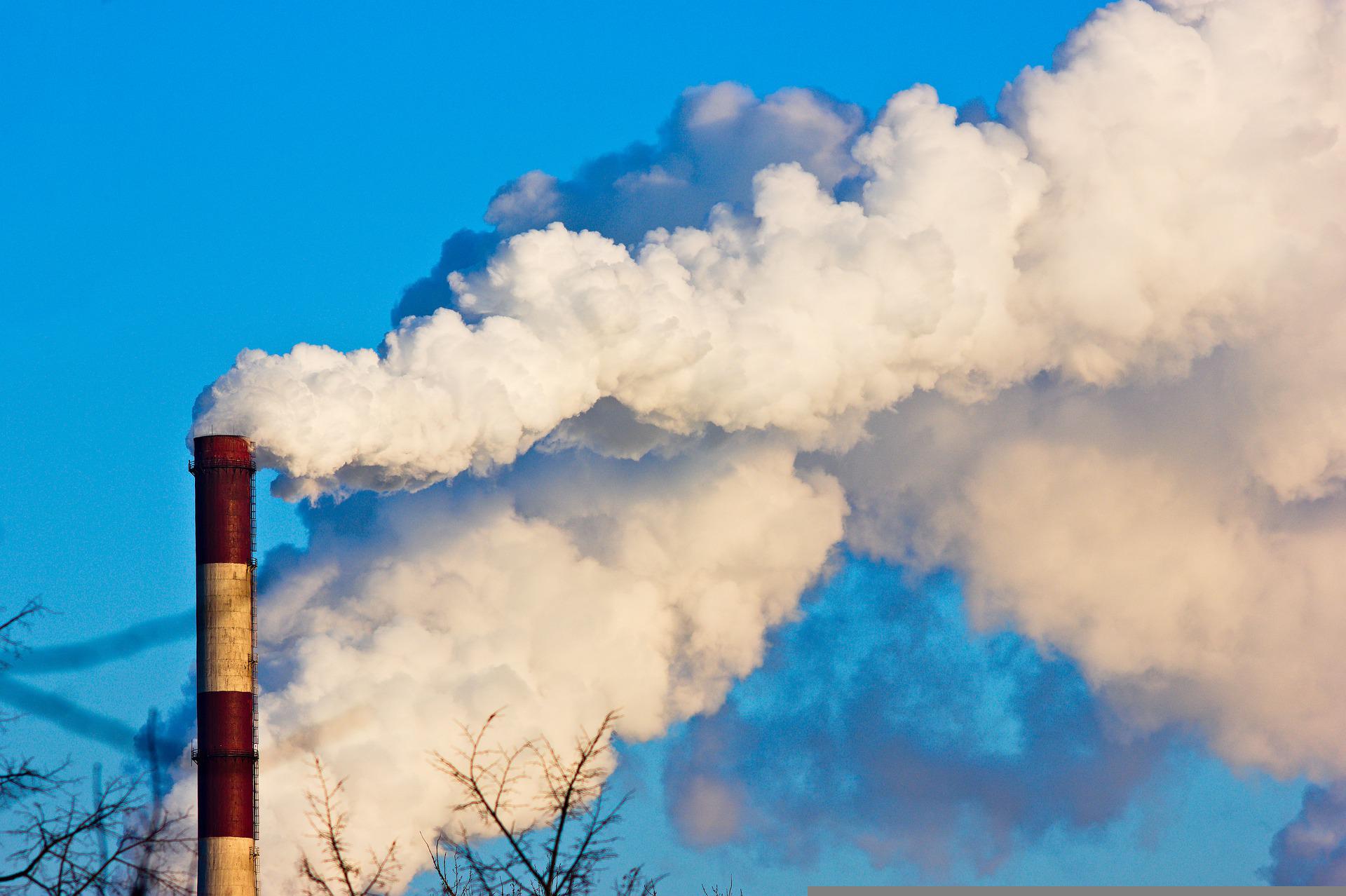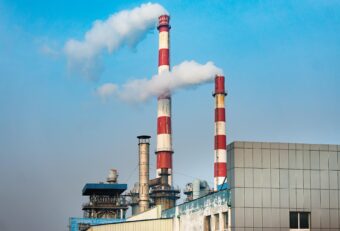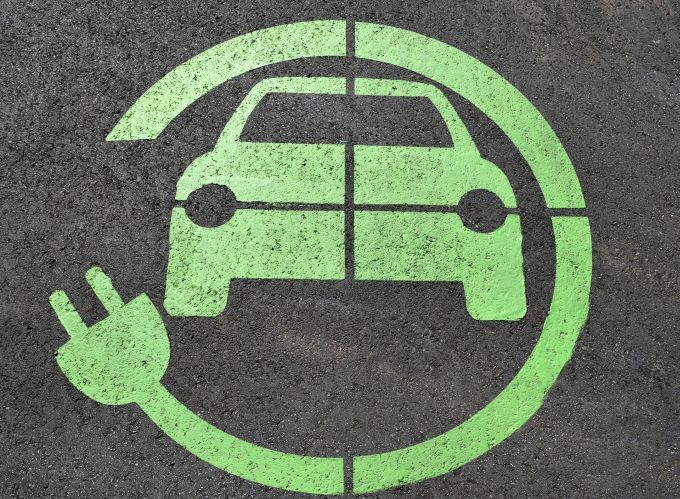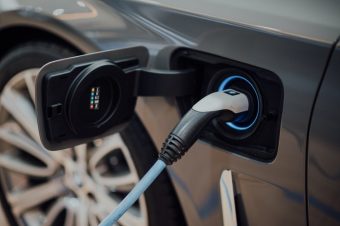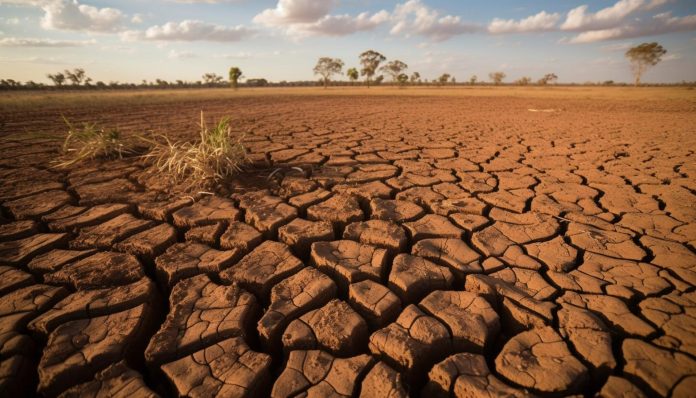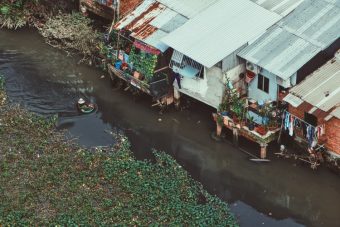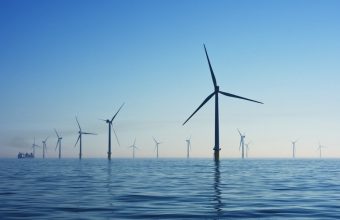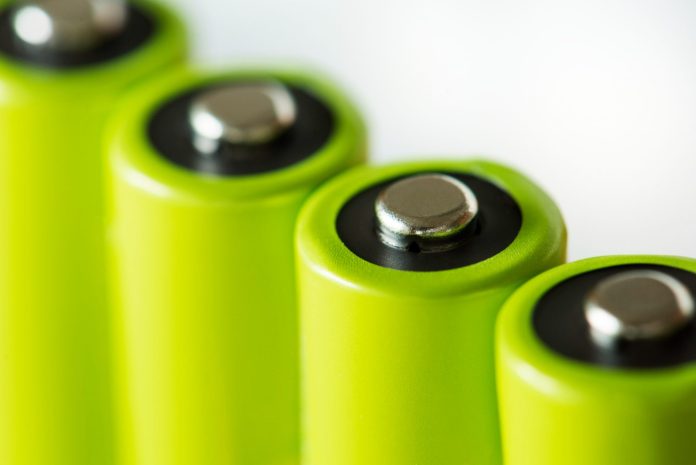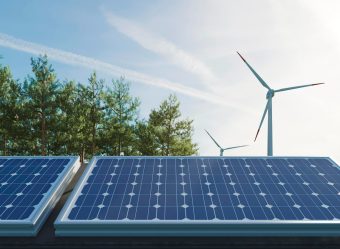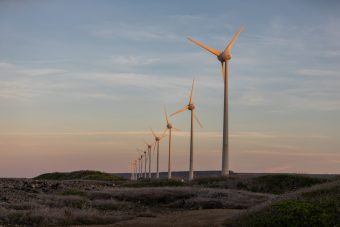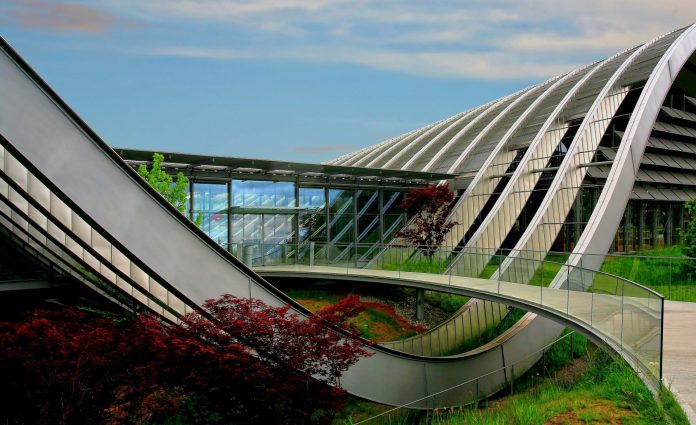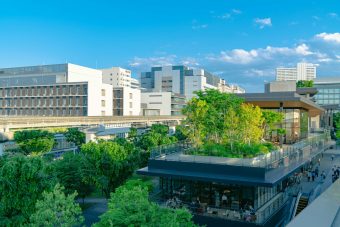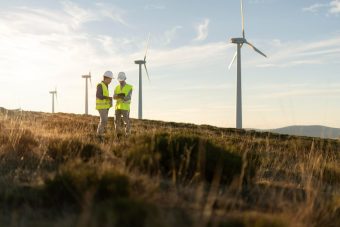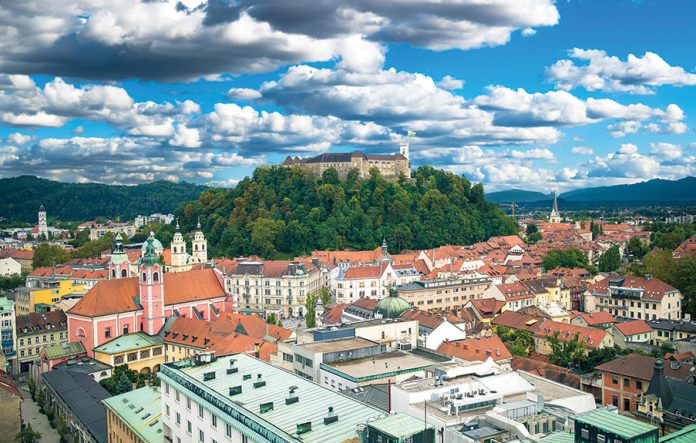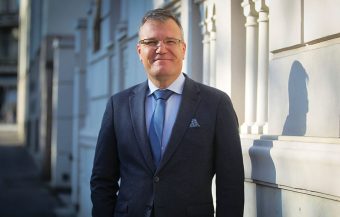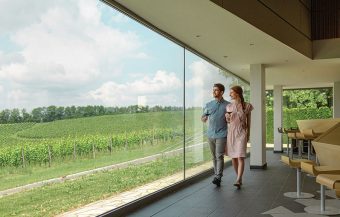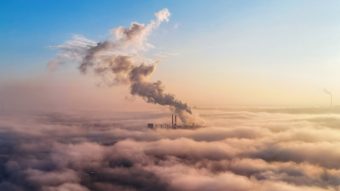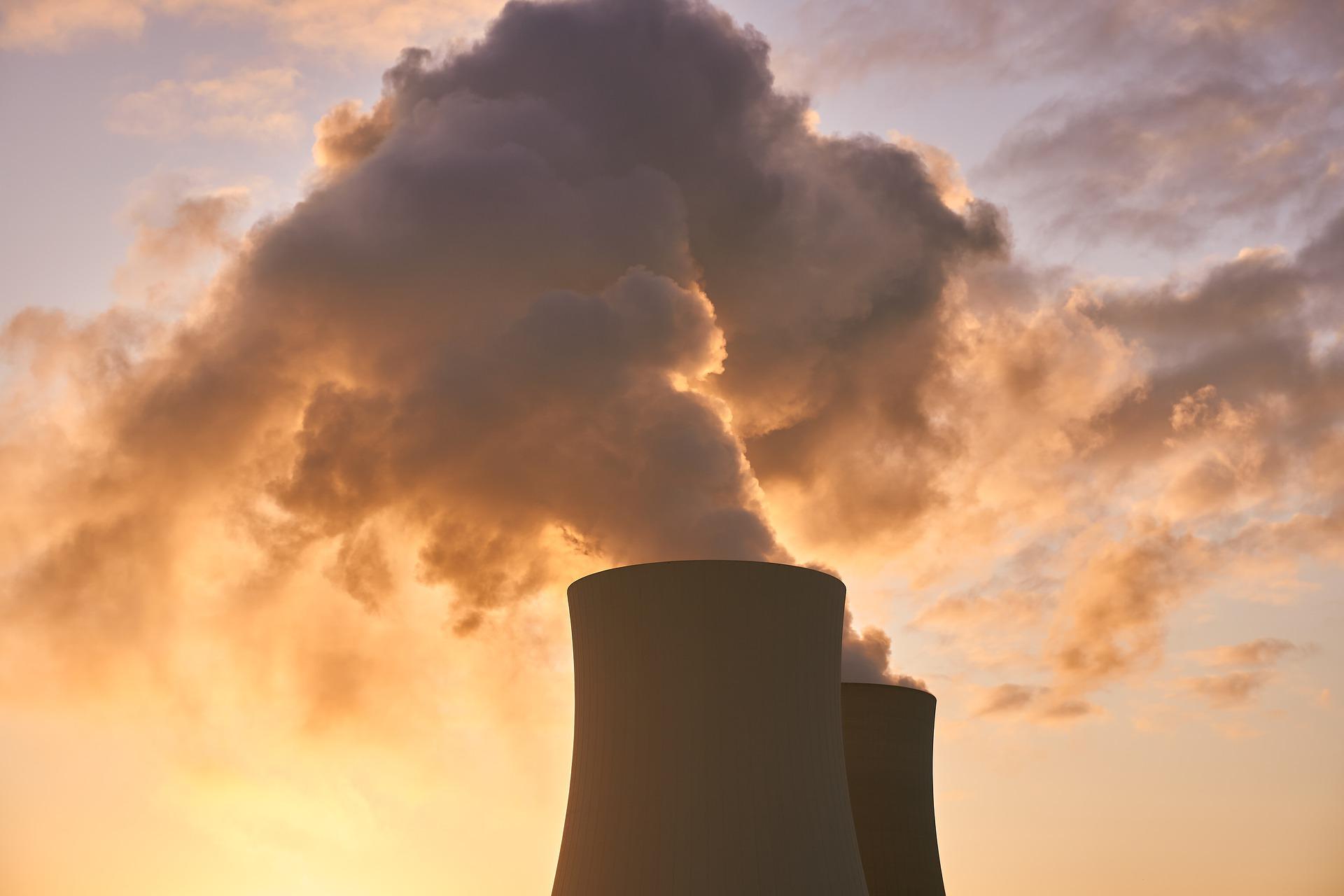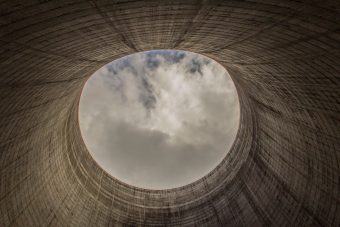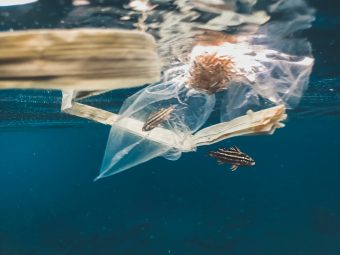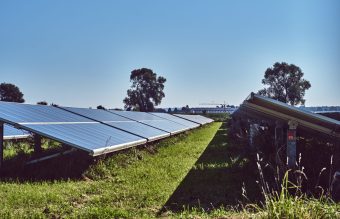
The northern part of our country will get yet another solar power plant. The MT-KOMEX Company continues to build a sustainable future and produce green kilowatts. Its team of engineers, who have already implemented numerous successful projects with a total installed capacity of over 100MW, will build this solar plant.
After two successful projects implemented in Vojvodina, a third one will follow shortly, more precisely, the construction of a solar power plant in the administrative centre of the North Banat District. Namely, the latest MT-KOMEX project is located in Kikinda.
The project – the B2 Sunspot solar power plant, for which the market premium was obtained at the first auctions held in Serbia – will have a power of 7MW AC, while the installed power will be 7.8MWp, which will make this power plant an essential player in the green energy sector.
The area where the power plant will be located spans 8,500 square meters and was chosen because of its previous status as a former landfill.
Building the plant in this location will not only transform an unused space into a productive area but also lead to an environmental revitalization of a plot.
Once the former landfill is turned into a location for solar panels, the environmental impact becomes positive. Suddenly, a power plant emerges from the landfill and produces electricity that will be forwarded to the power distribution system. A once unattractive, polluted, and neglected area becomes productive, with investors not having to occupy pristine natural areas or agricultural and fertile land to build.
IN FOCUS:
- COOPERATION BETWEEN SCIECE AND BUSINESS FOR A SUSTAINABLE FUTURE
- SOCIAL NETWORKS FROM A DIFFERENT ECO-ANGLE
- MT-KOMEX BH – REGIONAL ACTOR FOR SOLAR ENERGY
Another positive aspect is that embarking on projects of this type implies that the required infrastructure usually already exists, such as the power grid and roads in the vicinity of the former landfills. All of this, put together, is an example of true sustainable development.
In terms of panels, the power plant will use bifacial solar panels from the renowned manufacturer Canadian Solar. Their individual power will be 660Wp. The mentioned bifacial solar panels allow double absorption of sunlight on both sides of the panel, leading to higher and more efficient electricity production. Their efficiency, depending on how ideal the weather conditions are, can be 10 per cent or even over 20 per cent higher than that of monofacial panels.
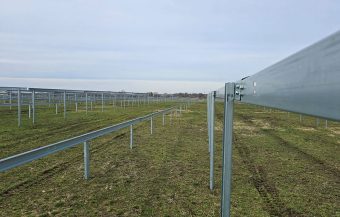
Fronius International inverters traditionally play a crucial role in converting solar energy into electricity. The Tauro Eco 100-3-P model was specifically chosen for this project. The total number of inverters will be 70, ensuring high-quality and safe energy transformation from one form to another.
Seven dry energy transformers with a 1,000kVA capacity will be installed at the project site, further improving the system’s efficiency and reliability.
In addition to the inverters and the solar panels themselves, the rest of the equipment also comes from the Turkish manufacturer Kirac Metal. This manufacturer will provide structures that are long-lasting and resistant to different weather conditions, which last year proved to be a more than significant issue, considering that Vojvodina was hit by extraordinary-scale supercell storms.
All the features we have mentioned will contribute to the estimated annual production of 11,000MWh, which will position the B2 Sunspot solar power plant in Kikinda as a significant stakeholder in the renewable energy sector. Thus, it will contribute to reducing carbon dioxide emissions.
The MT-KOMEX Company will once again have the opportunity to show its competence, professionalism, and, above all, experience in this field. After a hundred thousand installed panels throughout Serbia, it still effectively solves all field challenges ahead.
Prepared by: Milica Vučković
Read the story in the new issue of the Energy portal Magazine SUSTAINABLE ARCHITECTURE AND FINANCING OF GREEN CONSTRUCTION


